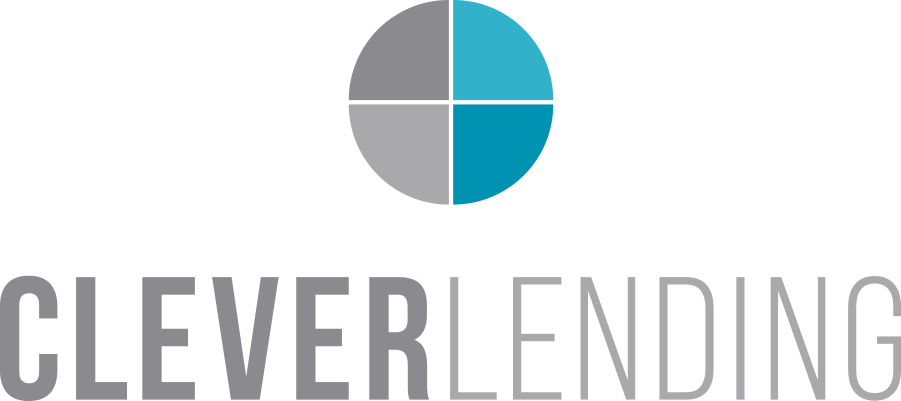Understanding Rental Income in Mortgages: Add-Back vs. Offset
If you're a realtor working with investors or clients buying properties with suites, chances are you’ve encountered rental income as part of the equation when qualifying for a mortgage. But how does rental income really affect a borrower’s qualifications, and what’s the difference between the terms "rental add-back" and "rental offset"?
Today, let's break down these two methods, clear up the confusion, and see how they can impact your client's borrowing power.
The Basics: What Lenders Really Look At
When it comes to rental income, lenders don’t typically consider the full amount of rent a property brings in. Instead, they usually take only 50% of the rental income into account when calculating how much a borrower can afford. However, the method used to apply this income can make a significant difference in how much someone can borrow. This is where the terms rental add-back and rental offset come into play.
Rental Add-Back: Not as Helpful as It Sounds
First up, let’s talk about rental add-back. Essentially, with rental add-back, the lender takes a portion of the rental income and adds it to the borrower’s total income when calculating their affordability.
Here’s an example:
Rental income: $2,000 per month (or $24,000 per year)
Lender uses 50% add-back → $12,000 is added to the borrower’s income
This means the borrower’s income goes up by $12,000 for qualification purposes.
Sounds helpful, right? Maybe a little, but the reality is that a $12,000 bump in income doesn’t change affordability by much—especially in high-priced areas like North Vancouver, where a basement suite could add several hundred thousand dollars to the purchase price.
What’s the catch? Even though the lender adds some rental income to the borrower’s total income, they still have to qualify as if they’re carrying the full mortgage payment on that rental property. This makes it less effective than some might think.
Rental Offset: A Much Better Deal
Now, here’s where things get interesting. With rental offset, instead of adding rental income to total income, the lender uses it to directly reduce the mortgage expenses the borrower has to account for.
Let’s use the same example again:
Rental income: $2,000 per month
Lender allows 50% offset → $1,000 goes toward covering the mortgage payment
If the monthly mortgage payment (including taxes) is $1,500, then after the offset:
The lender only considers a $500 expense for the borrower instead of the full $1,500.
This is a huge difference! With rental offset, the borrower only needs to demonstrate that they can afford to cover $500 per month rather than the full $1,500 mortgage payment. This helps them qualify for a larger mortgage and ultimately increases their purchasing power.
Some lenders may even take it a step further by allowing you to remove property taxes, strata fees, and heating from the debt servicing ratios, making the rental offset even more advantageous.
Why Rental Offset Wins
Simply put, rental offset is a game-changer when it comes to helping borrowers qualify for larger loans. In expensive markets, it can make the difference between a deal working and falling apart. But not all lenders use rental offset. Some still rely on the rental add-back method, which can make it harder for borrowers to qualify for the mortgage they need.
That’s why it’s crucial to work with a knowledgeable mortgage broker who knows which lenders are using rental offset. It can have a huge impact on your clients' financing options.
Final Thoughts
Navigating the ins and outs of mortgage qualifications can be tricky, but understanding the difference between rental add-back and rental offset can be a powerful tool in helping your clients secure the best deal possible.
So, if you ever find yourself or your clients facing a tricky mortgage situation, don’t hesitate to reach out. I’m here to help make the mortgage process easier and more understandable!
If you have any questions please feel free to reach out.
